To install a sliding gate, begin by measuring the opening, then attach the gate track and wheels before securing the gate motor and connecting it to a power source. It is a straightforward process that requires careful measurement and proper installation of the necessary components.
Remember to follow the manufacturer’s instructions and guidelines for the specific sliding gate model that you are installing. By carefully following these steps, you can successfully install a sliding gate and enjoy the convenience and security it provides for your property.
Understanding The Basics Of Sliding Gates
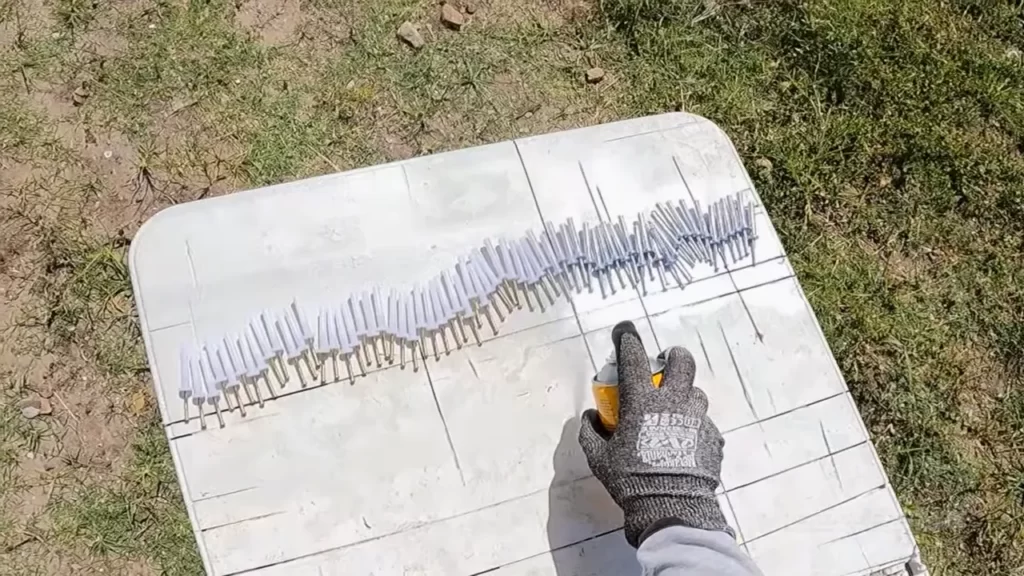
A sliding gate is a type of entrance gate that operates by sliding horizontally on a track. This type of gate is commonly used for driveways, commercial entrances, and industrial properties. It offers several advantages over traditional swing gates, making it a popular choice for many individuals and businesses.
So, what exactly is a sliding gate? Simply put, it is a gate that opens and closes by sliding along a track. It is typically made up of two main components: the gate itself and the track system. The gate is usually mounted on a series of wheels or rollers, which allow it to move smoothly along the track.
Sliding gates work by utilizing a motor or manual mechanism that drives the gate along the track. This mechanism can be operated via a remote control, keypad, or sensors, providing convenience and ease of use. As the gate slides open, it creates a clear pathway for vehicles or pedestrians to enter or exit.
There are several advantages to installing a sliding gate. Firstly, it offers enhanced security compared to other types of gates, as it is not easily forced open. Secondly, sliding gates require less space, making them suitable for properties with limited driveway space. Additionally, the smooth sliding motion of these gates minimizes noise and vibrations, providing a quieter and more peaceful environment.
In conclusion, sliding gates are a practical and efficient solution for those looking to enhance security and convenience at their property. With their sleek design and functionality, they offer numerous benefits that make them a popular choice for both residential and commercial applications.
Planning And Preparation For Installation
Planning and preparation are crucial steps when installing a sliding gate. Properly assessing the space and measuring the gate area is the first task. This will help determine the size and type of gate that will fit within the available space. Additionally, deciding on the gate material and design is important. Factors such as durability, aesthetics, and security should be considered in this decision-making process.
Gathering the necessary tools and equipment is the next step. This may include items such as measuring tape, screwdrivers, wrenches, and concrete anchors, depending on the specific installation requirements. It is essential to have all the needed tools handy to ensure a smooth installation process.
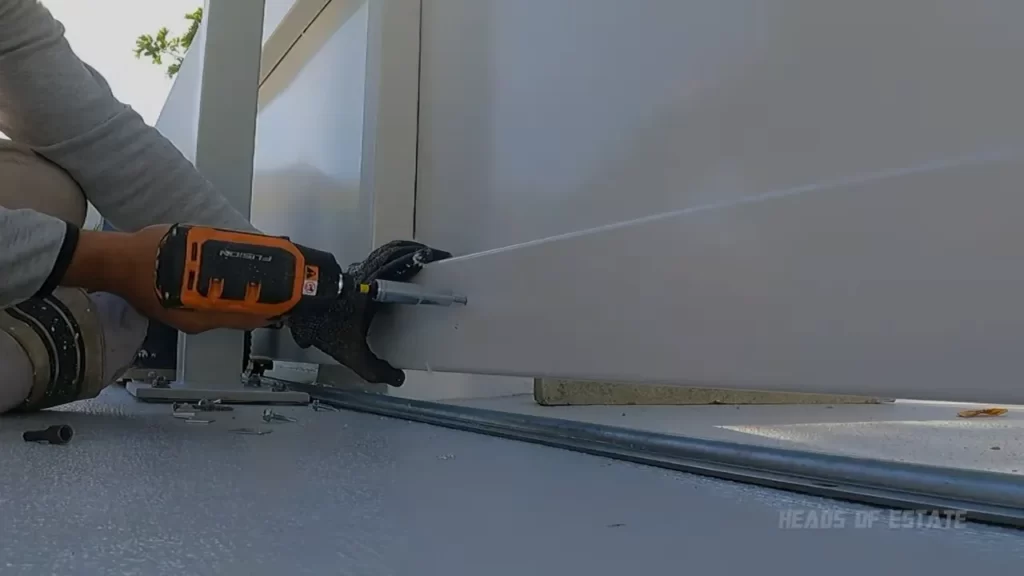
Before starting the installation, it is essential to check and obtain any required permits and comply with local regulations. This helps ensure that the installation is done legally and safely. Failing to obtain the necessary permits can lead to penalties and potential issues in the future.
Installing The Sliding Gate Track System
When installing a sliding gate, it is important to select the appropriate gate track system to ensure smooth movement and alignment. The first step is preparing the ground for the track installation. This involves leveling the ground and removing any obstacles that may hinder the gate’s operation.
Once the ground is prepared, the track can be installed. It is important to follow the manufacturer’s instructions and guidelines to ensure proper installation. The track should be securely attached to the ground and in alignment with the gate opening.
After the track is installed, it is crucial to ensure smooth movement and alignment of the gate. This can be done by testing the gate’s operation and making any necessary adjustments. Lubricating the track regularly can also help to maintain smooth movement.
Installing The Sliding Gate Operator
Installing a sliding gate operator can enhance the convenience and security of your property. When choosing the right gate operator, consider factors such as the size and weight of your gate, the desired level of automation, and the available power source. Preparing the gate for the operator installation involves ensuring it is structurally sound and of proper dimensions. Mounting and connecting the gate operator requires following the manufacturer’s instructions carefully and securely attaching it to the gate and adjacent posts or structures. Testing the functionality and safety features is crucial to ensure smooth operation and proper alignment. Verify that the gate opens and closes smoothly, and check for any obstructions or potential safety hazards. Additionally, test the safety features, such as the automatic reversal mechanism for detecting obstructions. With proper installation, your sliding gate will provide years of convenience and security for your property.
Installing The Sliding Gate Panels Or Sections
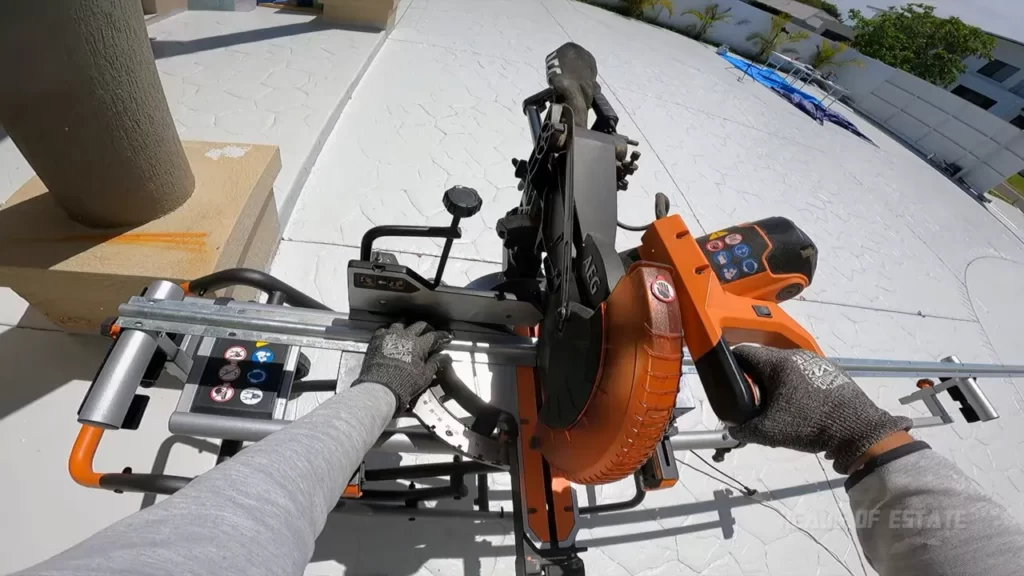
Installing a sliding gate requires careful positioning and alignment of the gate panels. It is important to ensure that the panels are attached securely to the track system to guarantee smooth movement. Adjustments may be necessary to achieve the desired functionality and prevent any obstructions. In some cases, reinforcing the gate structure may also be required to provide added stability. By following these steps, you can successfully install a sliding gate and enhance the security and convenience of your property.
Installing The Gate Opener And Controls
To install a sliding gate, start by mounting the gate opener unit. Secure it to a sturdy structure, such as a concrete pillar or post. Ensure that the unit is level and aligns with the gate’s movement. Next, connect the gate opener to the gate operator. Attach the necessary hardware and ensure a secure connection. Once the physical installation is complete, it’s time to program the gate opener and remote controls. Follow the manufacturer’s instructions to set up the desired settings, such as opening and closing speed, automatic closing options, and safety features. Finally, test the gate opener and controls for functionality. Open and close the gate multiple times using both the provided remote controls and any other control methods specified by the manufacturer. Verify that the gate operates smoothly and without any issues before considering the installation complete.
Adding Security Measures And Accessories
Adding security measures and accessories is an important part of installing a sliding gate. When it comes to safety, installing safety sensors and devices is crucial. These sensors can detect any obstructions and prevent the gate from closing on them, reducing the risk of accidents. Integrating an intercom and keypad system allows for secure and convenient entry. Visitors can easily communicate with homeowners and gain access through the keypad. In addition to these measures, additional security features like keypad entry and motion sensors can enhance the gate’s security. Keypad entry systems provide an extra layer of access control, and motion sensors can detect any unauthorized activity near the gate. Lastly, installing gate locks and latches ensures that the gate stays closed and secure when not in use. These measures combined provide enhanced security for your sliding gate.
Finishing Touches And Maintenance
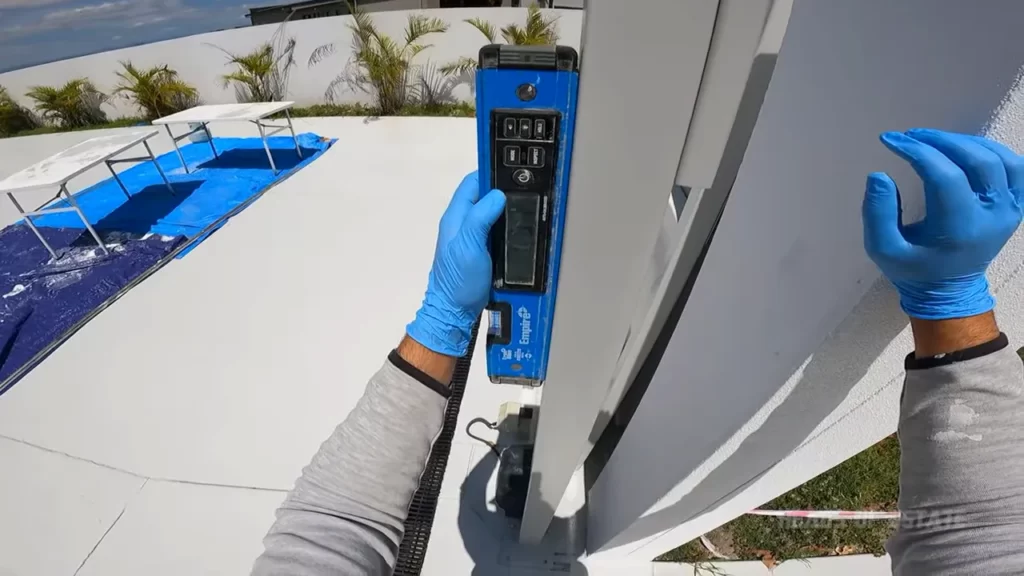
When it comes to painting or staining the gate panels, it is essential to choose high-quality exterior paint or stain that is suitable for the material of your sliding gate. Before applying the paint or stain, make sure to clean the panels thoroughly and remove any dirt or debris. Apply the paint or stain evenly, using a brush or roller, and allow it to dry completely before moving on to the next panel.
To ensure the durability of your gate, applying protective coatings is highly recommended. These coatings provide an extra layer of protection against harsh weather conditions, UV rays, and regular wear and tear. Choose an appropriate protective coating that is compatible with the material of your gate and apply it according to the manufacturer’s instructions.
Regular maintenance is key to keeping your sliding gate in optimal condition. Make sure to regularly inspect the gate for any signs of damage, such as loose bolts or hinges. Lubricate the moving parts, such as the rollers and tracks, to ensure smooth operation. Additionally, troubleshoot any issues that may arise, such as uneven opening or closing, strange noises, or difficulties with the control system.
To maintain the longevity of your sliding gate system, it is essential to follow a maintenance routine. This includes periodic cleaning, lubrication, and inspection as well as addressing any issues promptly. By taking proper care of your sliding gate, you can enjoy its functionality and aesthetic appeal for years to come.
Troubleshooting Common Issues
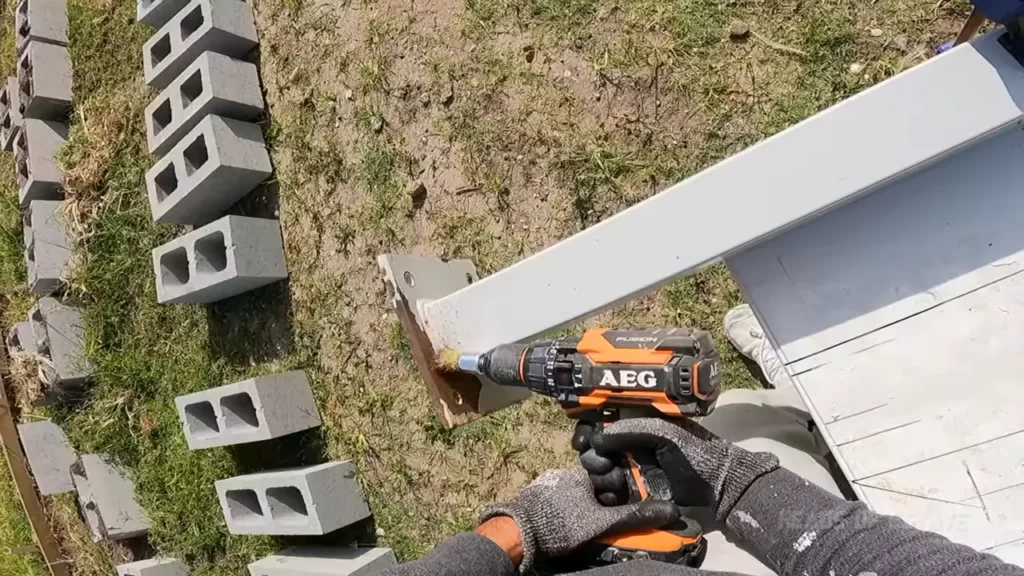
In order to troubleshoot common issues with a sliding gate, it’s important to address any problems that arise promptly. One common problem is when the gate doesn’t open or close properly. This can be due to various factors, such as malfunctioning sensors or faulty controls. In such cases, it is recommended to check the sensor alignment and ensure that there are no obstacles blocking the gate’s path.
Another issue to watch out for is strange noises or vibrations during the gate’s operation. This can indicate problems with the motor or track alignment. Perform regular maintenance checks to identify any loose or worn-out components that may need to be replaced.
Additionally, a gate may stall or get stuck at times. This can be caused by a lack of lubrication or obstructions in the gate’s track. Regularly clean and lubricate the track to ensure smooth and uninterrupted operation of the gate.
By addressing these common issues promptly, you can ensure that your sliding gate operates smoothly for years to come, providing convenience and security to your property.
Frequently Asked Questions Of How To Install A Sliding Gate
What Holds Sliding Gate Up?
A sliding gate is held up by rollers or wheels that are mounted on a track. The gate slides along the track, staying in position and providing stability.
Do Sliding Gates Need A Track?
Yes, sliding gates typically require a track for smooth and efficient operation. The track enables the gate to glide open and closed along a specified path.
How Deep Should Footings Be For Sliding Gate?
The footings for a sliding gate should typically be at least 3 feet deep. This depth ensures stability and adequate support for the gate structure. Properly installing deep footings is crucial for the smooth operation and longevity of the sliding gate.
Conclusion
Installing a sliding gate is a practical solution for enhancing security and convenience at your property. By following the step-by-step guide provided in this blog post, you can successfully install a sliding gate on your own. Remember to consider factors like gate size, materials, and necessary tools to ensure a smooth installation process.
With a little patience and effort, you can enjoy the benefits of a functional sliding gate for years to come.
